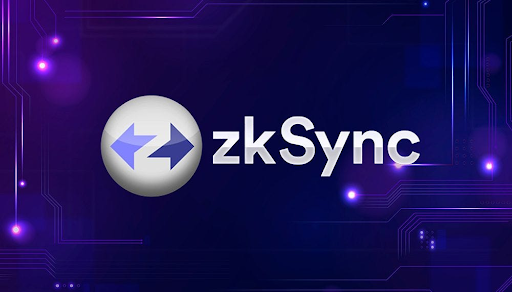As the network activity of zkSync (ZK) experiences a sharp decline, the Total Value Locked (TVL) also takes a significant hit, dropping to $96 million.
ZkSync (ZK), a well-known Layer 2 (L2) solution for Ethereum, is experiencing a substantial decrease in network activity. The zkSync network’s daily active addresses have decreased by 66% since June 23, reaching their lowest level of the year, as indicated by The Block’s dashboard data.
At the same time, the number of daily transactions reached a year-to-date low of 293,000 on July 23. This decrease implies a substantial reduction in user engagement with the platform, which could affect its function in decentralized finance (DeFi) and NFT trading.
Despite market trends, TVL is experiencing a decline
The considerable decrease in the Total Value Locked (TVL) on zkSync indicates the decline in user activity. The network’s TVL has decreased to $96 million, the lowest level since April 2023, as indicated by DefiLlama. This decline starkly contrasts the trend of increasing TVL across various DeFi networks, suggesting that zkSync may face user retention and liquidity challenges.
In addition, these declines have adversely affected the efficacy of zkSync’s native token, ZK. On July 5, the token reached an all-time low of $0.13; however, it has since rebounded to $0.15. Nevertheless, it has experienced a nearly 10% decline in the past week.
The Relative Strength Index (RSI) is currently at 42.10, and the Directional Movement Index (DMI) has demonstrated a bearish crossover. Technical indicators suggest a bearish outlook. These metrics indicate that the token’s value is subject to ongoing selling pressure and may experience further declines.
Post-Airdrop User Decline in zkSync
zkSync’s airdrop distributed 3.67 billion ZK tokens, which account for 17.5% of its supply, to 695,232 wallets. The airdrop’s immediate token liquidity distinguished it from other token distributions, which typically entail lock-up periods.
Despite the substantial airdrop, zkSync experienced a significant and abrupt decrease in network activity. The anticipated increase in user engagement did not materialize, as the number of daily active addresses and TVL continues to decline significantly. The airdrop did not achieve the anticipated sustained user interest and transaction volume level.
ZkSync’s Latest Upgrade: Elastic Chain
To resolve user experience and scalability concerns, zkSync recently introduced its Elastic Chain as part of its 3.0 upgrade. This upgrade expands zkSync from a singular Ethereum Layer 2 solution to a network of interconnected ZK rollups. The Elastic Chain is a unified system that connects a variety of ZK Chains, rollups, validiums, and volitions.
This new framework resolves issues such as fragmented liquidity and excessive transaction fees by decreasing the necessity for third-party bridges. ZK technology replaces these bridges, which are frequently costly and vulnerable, enabling the network to conduct transactions both smoothly and affordably. The Elastic Chain is anticipated to improve the scalability of zkSync and offer a more seamless experience for developers and consumers.
This development was anticipated to be a catalyst, drawing in additional users and initiatives to the zkSync ecosystem. Nevertheless, the network has not realized the expected impact due to ongoing challenges.
